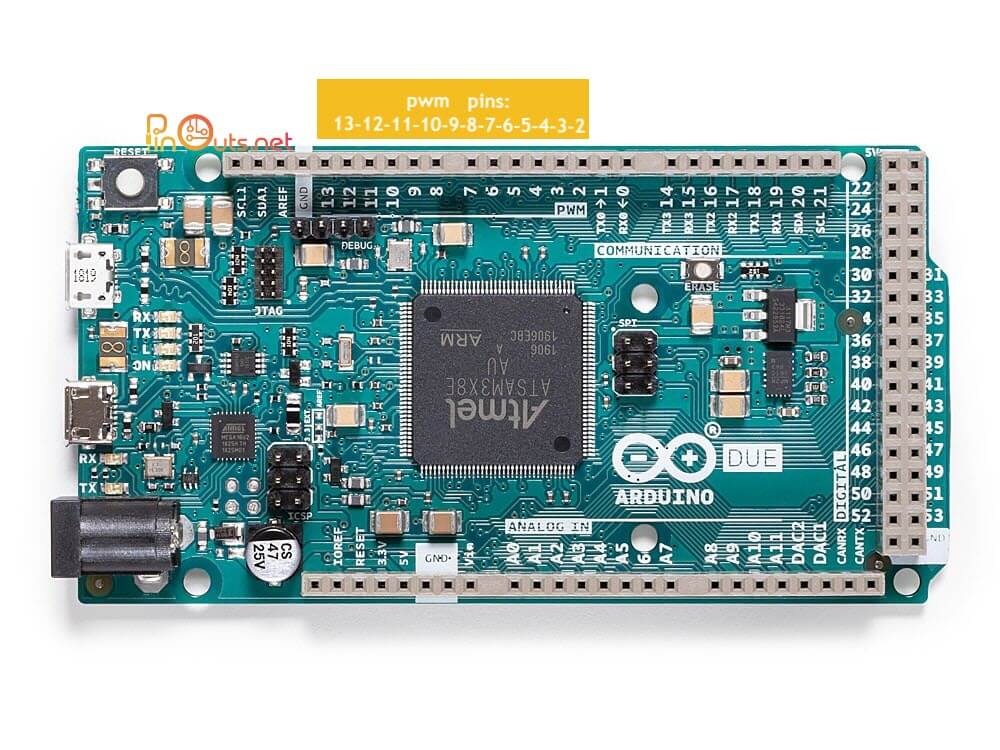

- #Multiwii 2.4 arduino uno pinout serial#
- #Multiwii 2.4 arduino uno pinout update#
- #Multiwii 2.4 arduino uno pinout portable#
- #Multiwii 2.4 arduino uno pinout software#
- #Multiwii 2.4 arduino uno pinout code#
Oh and I noticed that “AdBlock” stops Instructables from showing you all my pictures, so please turn it off.Īrduino based Drone Quadricopter Step 1: Version 1’s Build Log If you are wondering about the lack of a flight video, see step 6 for an explanation. Although I really recommend you only take my concepts and design everything from scratch yourself instead, just so there’s absolutely no mysteries in your project. It contains files for “version 1” only for reference purposes, please only use “version 2” files.
#Multiwii 2.4 arduino uno pinout update#
Now it is February and I just finished “version 2”, but since I’ve already written the majority of the Instructable, I have some bits of “version 1” text that I’ll just cross out like this, and then update it with the changes in “version 2”.Īll project files are available to download in this instructable “step”. Then I went on vacation for a few weeks, and also school just started. I originally finished building “version 1” in November, and wrote the Instructable in November.
#Multiwii 2.4 arduino uno pinout code#
This project was originally named “PalmQuad” since it’s small enough to fit in your palm, so if you might see some mention of this name in the code or pictures.

This Instructable documents “version 2”, but you may see pictures of “version 1” in some places. The first one worked well and I’m extremely proud of it, but it did have several flaws, enough flaws to justify a remake. This is actually the 2nd such tiny quadrotor helicopter I’ve built. Heavy use of Arduino and Zigduino involved. All open source project, schematics + PCB + code all available.Two layer 1.6mm thick FR4 PCB used (this is the default for a lot of PCB manufactures), the components are all on a single side (easy to assemble).The “arms” and “body” are connected by locking slots, making them easy to build and repair.This particular ATmega has a built-in 2.4GHz transceiver, 16 possible channels, 250kbit/s or 2mbit/s max depending on the standard being used.Uses ATmega128RFA1 microcontroller for both copter and transmitter.Controller battery is a single Li-ion cell, 3.7V, 1000mAH.Flight battery is a single Li-poly cell, 3.7V, 350mAH, 20C.Motors are supposedly “X-Twin” spare motors, they come with the propellers.Diagonal motor to motor distance is 110mm.Running a modified MultiWii firmware, which is open source, written with Arduino and Processing.Controlled using a Wii Classic Controller, which plugs into the transmitter.When the copter plugs into the transmitter, the user can synchronize to a random radio frequency.USB battery recharging on the transmitter, the copter plugs into the transmitter to recharge.MPU-6000 gyro & accelerometer sensor for flight stabilization.My design files are meant for 5.11 so use that instead.
#Multiwii 2.4 arduino uno pinout software#
The solution is either to use a regulator or just have the SIM800L draw from a Li-Po (cellphone) battery.Update Feb 25 2012: Warning, I may have discovered a bug inside the CadSoft EAGLE 6.1.0 software that may make the PCB look slightly different. This means you must not connect its pins directly to a 5 V Arduino! It doesn't even run on 3.3 V. This board draws a maximum of 2 A with an input voltage of 3.7 V to 4.2 V. In fact, this is the one I used when I created my own cellphone. This SIM800L breakout board is ideal for projects that needs to save space. It flashes slowly when there is a signal, it flashes quickly when there is no signal

#Multiwii 2.4 arduino uno pinout serial#
#Multiwii 2.4 arduino uno pinout portable#
The SIM800L is a cheap and portable GSM breakout board with all the capabilities of the larger SIM900 shields.


 0 kommentar(er)
0 kommentar(er)
